Many people have older guitars or neglected guitars that have fretboard chips and loose fretboard inlays. I see these problems from time to time. For the most part, these are fairly simple repairs. Obviously, it depends how bad of shape your fretboard and inlays are in.
How to Repair Fretboards.
Contents
Fretboards can develop any number of different problems over years of use, especially if the fretboards are not maintained. Older fretboards can become dry and brittle if they are not humidified properly. Fretboards can also become damaged from unskilled repairmen trying to perform fretwork. Here are some common fretboard repairs.
How to fix fretboard chips.
Fretboards can chip for any number of different reasons. They can chip because you dropped your guitar or swung your guitar around and hit your amp on stage. Fretboard chips are also very common on old fretboards while removing frets. Unskilled repairmen have been known to pull the frets out of the guitar without fully loosening the fret glue. As the fret is forced out of the fret slot, it rips and chips part of the fretboard on the way out of the slot. For information about how to properly remove guitar frets, please see the guitar fret removal page.
Repairing chips in your ebony or rosewood fretboard is quite easy. Simply, take some ebony or rosewood dust that approximately matches the color of your fretboard and spread the dust in the chip. Next, cover the dust in super glue. I suggest using Satellite City red super glue for this job. For more information about different glues that are safe for your guitar, please see the guitar glue page. Once the super glue is dried, use 80-grit sand paper and a sanding block to remove the excess glue. Then sand the fretboard with 120-grit, 240-grit, and 300-grit sand paper. You should not even be able to tell there was a chip there!
How to fix fretboard cracks.
Fretboards can develop cracks if they are not properly humidified. Small, non-structural cracks can be easily fixed, while large cracks are better treated by replacing the fretboard. If you notice that your fretboard has a small crack in it or you see a small crack start to develop, you should properly humidify your guitar. For more tips on humidity and other maintenance, please see the maintenance page for more information. Once the fretboard is properly humidified take some ebony or rosewood dust that approximately matches the color of your fretboard and spread the dust in the crack.
Next, cover the dust in super glue. I suggest using Satellite City red super glue for this job. For more information about different glues that are safe for your guitar, please see the guitar glue page. Once the super glue is dried, use 80-grit sand paper and a sanding block to remove the excess glue. Then sand the fretboard with 120-grit, 240-grit, and 300-grit sand paper. You should not even be able to tell there was a chip there!
How to Repair Fretboard Inlays.
Check my new article for more information about how to repair fretboard inlays! And once you are finished, you can check out some great online guitar training.
Related articles:
- How to do common Fret Repairs on Electric Guitars
- How to Dress Electric Guitar Frets
- How to Remove Electric Guitar Frets
- How to Bend Electric Guitar Frets
- How to Fret and Electric Guitar
- How to Fret an Electric Guitar with a Bound Fretboard
- How to Fret an Electric Guitar with an Unbound Fretboard
- How to Fret a Maple Neck Guitar
- How to Repair Loose Fret Ends
- How to Choose Fret Wire
- How to Polish Guitar Frets
- Learn Guitar Online

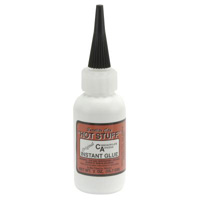
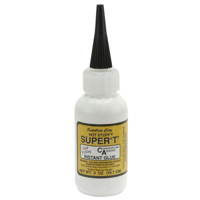
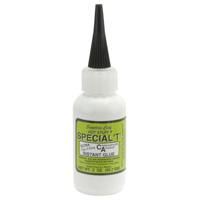
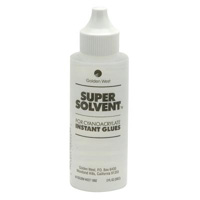
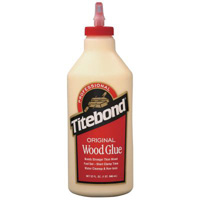

You don’t address scratches in the fret broad… i did some small scratches while i was filling the frets.. how can i fix .. thanks marty….